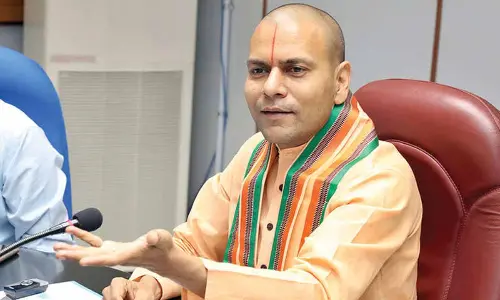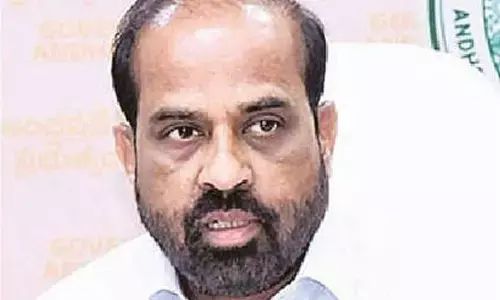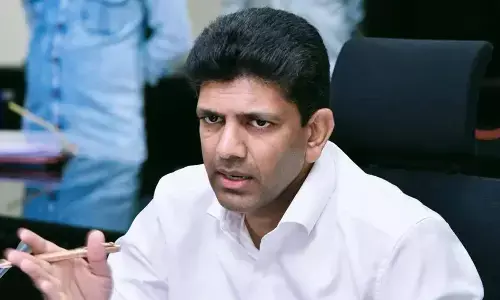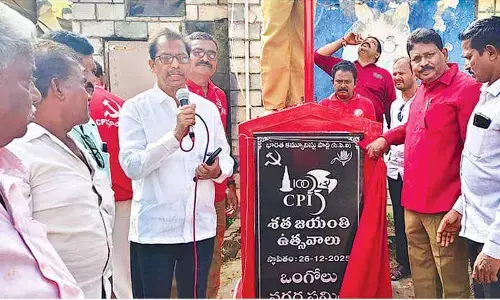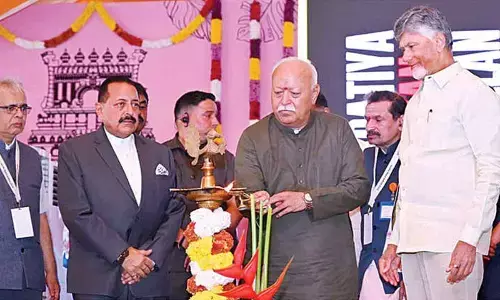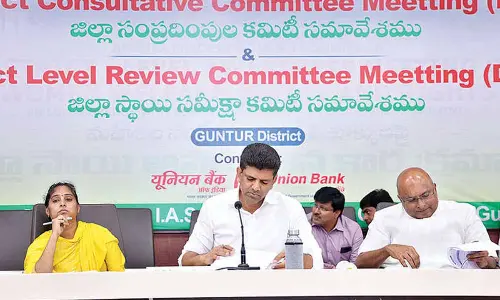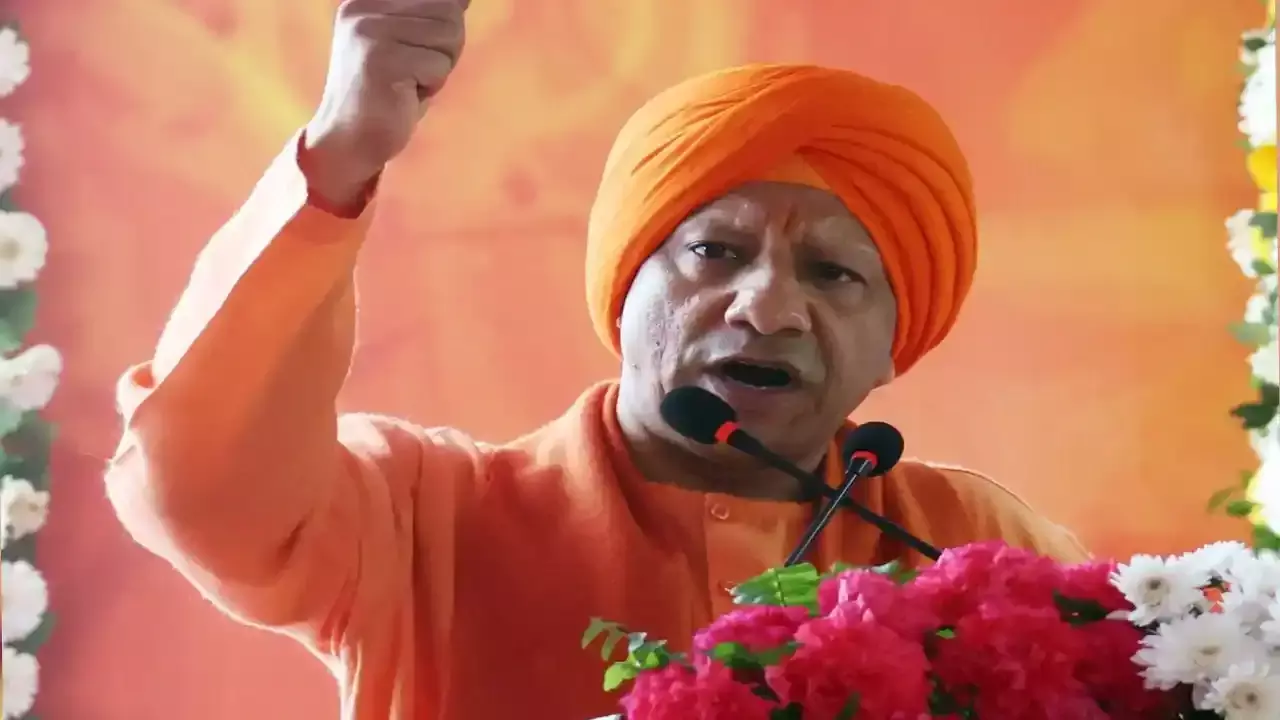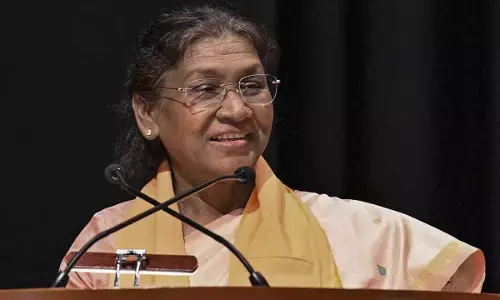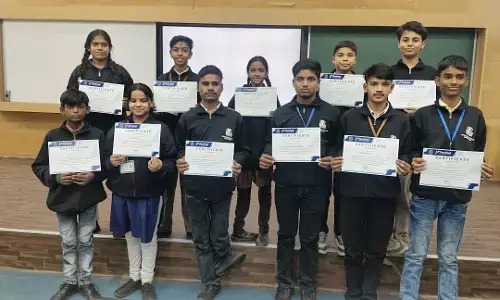Real pride of Tamils
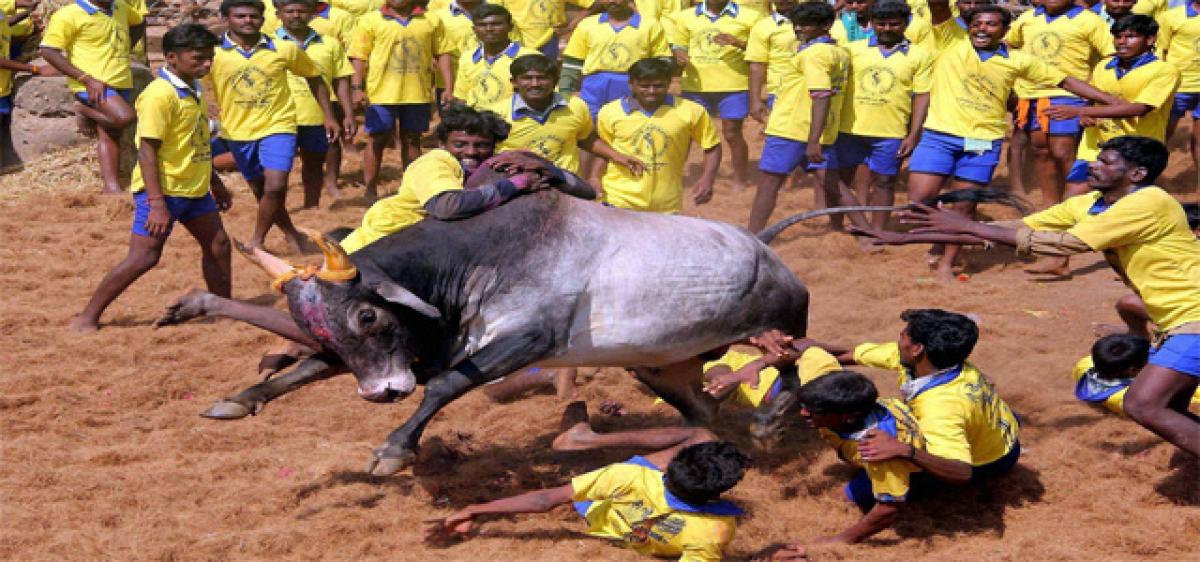
In the copper-plate inscriptions, dated 868 AD there is a reference to an educational institution at Bahur, between Cuddalore and Puducherry, where it is stated that the fourteen vidyas of ancient India were taught.
In the copper-plate inscriptions, dated 868 AD there is a reference to an educational institution at Bahur, between Cuddalore and Puducherry, where it is stated that the fourteen vidyas of ancient India were taught.
Similarly, there was a school at Ennayiram, between Vizhupuram and Tindivanam, where the ancient Sastras were part of the syllabus as evidenced by an inscription of Rajendra Cola (11th century).
Mere drop of the word Tamil makes us recall the most famous Tanjore paintings, the world famous Dravidian architecture and the resultant magnificent temple towns of Rameswaram, Madurai, Kanchi and Tanjore.
Chola bronzes are considered to be one of the greatest Indian contributions to the world of art. Stalwarts like Mangalampally Balamuralikrishna had preferred to settle down in Chennai calling it the real abode of Carnatic Music.
After all, despite being a Telugu, even Saint Tyagaraja preferred to live in Tamil Nadu to become part of the trinity of Carnatic music. From Tolkappiyam to Bharatanatyam or Mayilattam (Peacock dance), Tamil Nadu blazed a new path in every sense in perfecting their culture, as an ‘Art of Living’.
Tamil Nadu's Dravidian movement was a turning point as it was based on the concept of according dignity and self-respect to all people, especially the marginalised.
This social reform programme was essentially a socio-political movement, which aimed at alleviating the sufferings of the people not only in Tamil Nadu but all over the country.
The movement rightly targeted educating the backward classes and Scheduled Castes since it was aware that it was the monopoly over education which made one caste dominate the others.
The amendment to the Hindu Marriages Act, which made self-respect marriages legal with retrospective effect, provision for an equal share to women in ancestral property and Samathuvapuram were the fall out of its influence.
Education, empowerment and self-respect became the pillars of the movement. Even the governments in Tamil Nadu never allowed a letdown in their social vigil.
At a time when public schools in the State did not admit SC students, the Justice Party government in the past issued an order stating those institutions which did not take them would not receive government grant.
From Srinivasa Ramunjam to Sundar Pichai from Kamraj to Abdul Kalam, Tamil Nadu only brings memories of everything that is big, brilliant, great and glorious.
Unfortunately what we are witnessing today in the name of Jallikattu protests is a sad commentary on that great redolent culture. The social media driven and politically motivated protests give one an impression that Jallikattu alone represents their culture.
As a famous Telugu poet once said "yesterday's civilization is today's culture and today's culture is tomorrow's tradition," Tradition is nothing but yesterday's civilization and if there is something wrong in it, there is no wrong in shunning it. Sati was part of our culture, yet shunned.
We have kicked out child marriages and allowed widow remarriages. Dravidian culture questioned established canons of the Aryan culture more than any only to evolve and evolve better.
Tamilians know how to overcome such provocations and let us hope they would not allow Jallikattu alone to represent their past.








